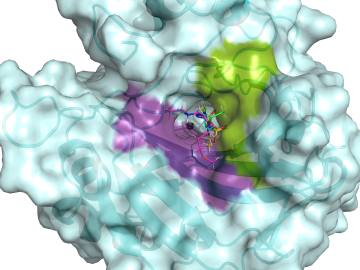
Filter News
Area of Research
- Advanced Manufacturing (10)
- Biological Systems (2)
- Biology and Environment (41)
- Building Technologies (3)
- Clean Energy (118)
- Climate and Environmental Systems (2)
- Computational Biology (2)
- Computational Engineering (2)
- Computer Science (4)
- Electricity and Smart Grid (1)
- Energy Frontier Research Centers (1)
- Fossil Energy (1)
- Fuel Cycle Science and Technology (1)
- Fusion and Fission (15)
- Fusion Energy (2)
- Isotopes (13)
- Materials (69)
- Materials for Computing (18)
- Mathematics (1)
- National Security (11)
- Neutron Science (43)
- Nuclear Science and Technology (15)
- Nuclear Systems Modeling, Simulation and Validation (1)
- Quantum information Science (3)
- Sensors and Controls (3)
- Supercomputing (44)
- Transportation Systems (1)
Date
News Topics
- 3-D Printing/Advanced Manufacturing (41)
- Advanced Reactors (6)
- Artificial Intelligence (30)
- Big Data (14)
- Bioenergy (25)
- Biology (35)
- Biomedical (19)
- Biotechnology (10)
- Buildings (26)
- Chemical Sciences (19)
- Clean Water (12)
- Climate Change (31)
- Composites (13)
- Computer Science (62)
- Coronavirus (10)
- Critical Materials (8)
- Cybersecurity (8)
- Decarbonization (27)
- Education (1)
- Emergency (1)
- Energy Storage (32)
- Environment (60)
- Exascale Computing (7)
- Fossil Energy (2)
- Frontier (10)
- Fusion (16)
- Grid (20)
- High-Performance Computing (32)
- Isotopes (29)
- ITER (5)
- Machine Learning (9)
- Materials (45)
- Materials Science (45)
- Mathematics (3)
- Mercury (4)
- Microscopy (17)
- Molten Salt (4)
- Nanotechnology (21)
- National Security (20)
- Net Zero (6)
- Neutron Science (36)
- Nuclear Energy (23)
- Partnerships (11)
- Physics (16)
- Polymers (15)
- Quantum Computing (15)
- Quantum Science (27)
- Security (12)
- Simulation (12)
- Space Exploration (9)
- Statistics (3)
- Summit (15)
- Sustainable Energy (51)
- Transportation (40)
Media Contacts
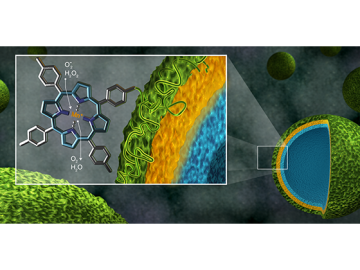
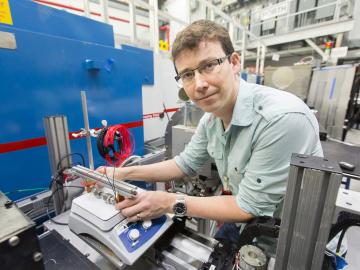


Four technologies developed at the Department of Energy’s Oak Ridge National Laboratory have earned 2018 Excellence in Technology Transfer Awards from the Federal Laboratory Consortium for Technology Transfer (FLC). The FLC is a nationwide network of more than 30...
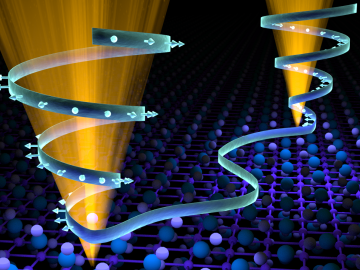
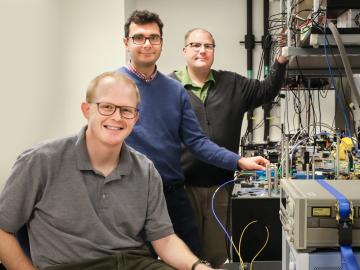

Researchers are looking to neutrons for new ways to save fuel during the operation of filters that clean the soot, or carbon and ash-based particulate matter, emitted by vehicles. A team of researchers from the Energy and Transportation Science Division at the Department of En...

Dan Jacobson is illuminating the workings of biological systems from the molecular scale up by leveraging Oak Ridge National Laboratory’s supercomputing resources to create machine- and deep-learning techniques more easily understood by humans

